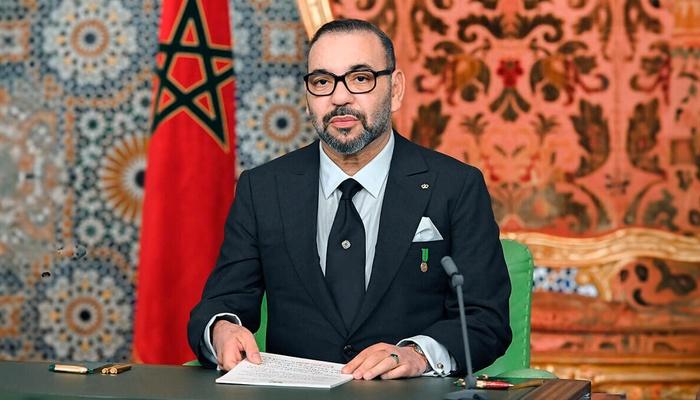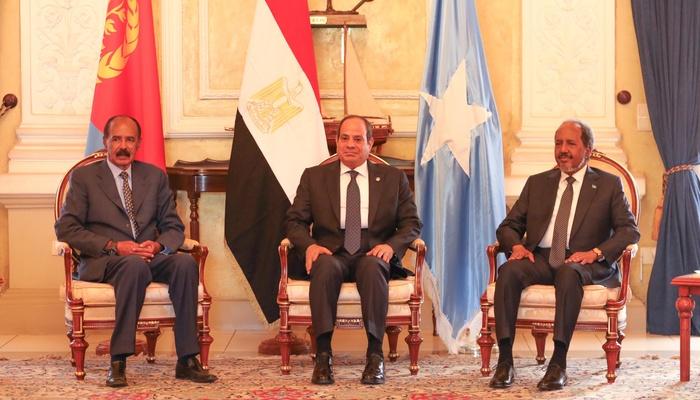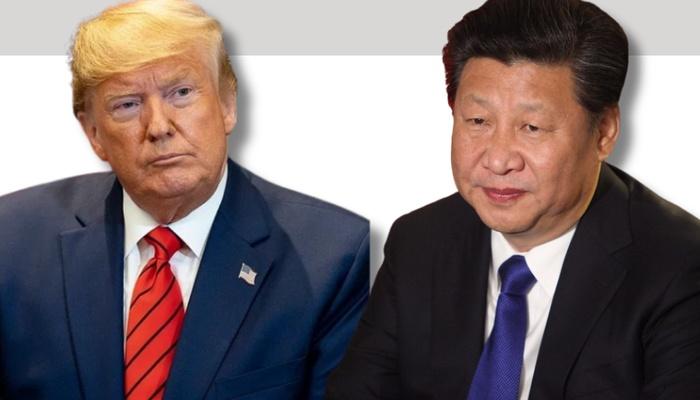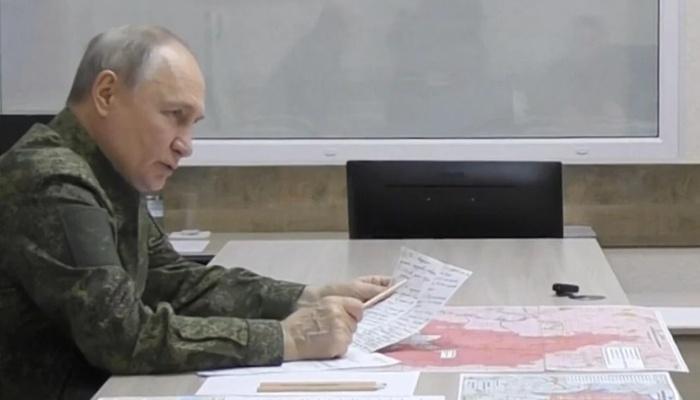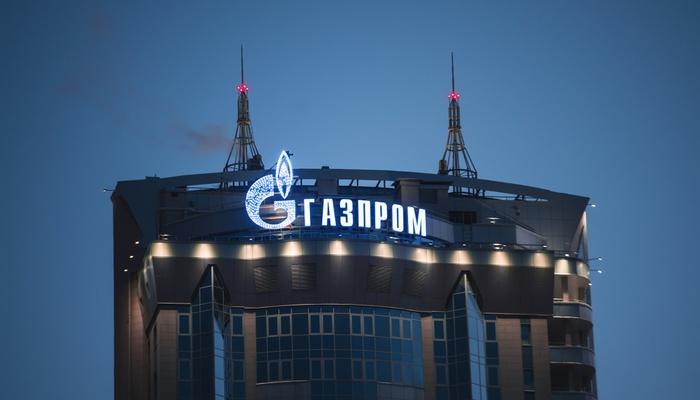NATO Summit 2021 – The strategic repositioning of the Atlantic Alliance towards Russia and China
On June 14, 2021, in Brussels, the NATO summit took place, the first with the participation of the new US President Joe Biden, with the aim of establishing priorities for the near future of the Alliance, in view also of the drafting of the New Strategic Concept. According to the Secretary General, Jens Stoltenberg, a new chapter in the history of Euro-Atlantic relations has been opened. In fact, the road towards the New Strategic Concept, which will be presented at the Madrid summit in 2022, has been taken and brings with it the return to old scenarios and the preparation for new challenges.
Now that the chapter of the “War on Terror” and the asymmetric war on terrorism, now downgraded to a threat of secondary importance, has been closed, NATO will focus on the return of symmetric threats coming from different state actors, within the new multipolar context and the geopolitical competition between great powers. Moscow and Beijing represent, in this sense, the main competitors of the Atlantic Alliance.
According to Stoltenberg, the relations between NATO and Russia are today at the lowest level since the end of the Cold War. NATO has always firmly condemned the post-2014 actions of the Russian Federation, including the annexation of Crimea, the interference in the democratic processes of allied States and the disinformation campaigns, the hybrid warfare actions and the dismantling of the INF Treaty, without however renouncing the possibility of compromise. The Alliance’s “dual-track approach” was in fact reaffirmed, confirming the openness to dialogue on the one hand but also the strengthening of deterrence and collective defense on the other. However, such approach seems to be entering a new phase, also taking into account the renewed posture that Moscow is assuming not only along the so-called eastern flank, but also in the Mediterranean basin, where Russia has reinforced its military presence in Syria and in the Levant Sea, playing a leading role in the Libyan crisis as well. The threats posed by Moscow will now be faced by the Alliance with a renewed impetus that will also include closer collaboration, both military and civilian, with States such as Ukraine and Georgia, also with a view to their possible future membership in NATO, a variable not yet on the table.
China also makes an appearance in the Alliance’s plans. Although it is still far from being defined as a “threat”, like Russia, the People’s Republic represents a concrete and multilevel challenge for the Euro-Atlantic partners in the future. In fact, if until 18 months ago China was never mentioned in the official NATO documents, its expansion, both economic and military, has been one of the hot topics of discussion in Brussels. While defining China as “an autocratic regime”, NATO does not exclude the path of dialogue and cooperation with Beijing, especially on the issues of climate change and arms control. However, it is reiterated that any interference in democratic processes will not be tolerated and the Alliance is preparing to develop tools for the defense of critical infrastructure (the cyber ones first and foremost) and to strengthen cooperation with the democracies of the Indo-Pacific region (Australia, Japan, South Korea and New Zealand), to ensure compliance with international standards and to strengthen partnerships in an anti-Chinese perspective.
On the whole, NATO’s strategic repositioning and renewed attention to geopolitical and military competition with Russia and China mark, in some respects, a return to the past, but with an eye also on the future.
In a difficult moment for the Atlantic Alliance, marked by some internal divisions and in the middle of a process of self-reflection on its future role, NATO rediscovers, on the one hand, its longstanding enemy, Russia, seeking to return to the raison d’être for which it was created in 1949, that is, to guarantee the collective defence of its Member States from the threat, both conventional and nuclear, represented by the then Soviet Union, in such a way as to reinforce internal cohesion between the Member States. At the same time, aware that the new geopolitical center of the world is located in the Indo-Pacific region and that it focuses on the US-China confrontation, NATO is trying to adopt a more global posture, starting to understand how to possibly deal with the Asian continent, without losing the compass with respect to its vocation as guarantor of peace and security of the Euro-Atlantic area.
